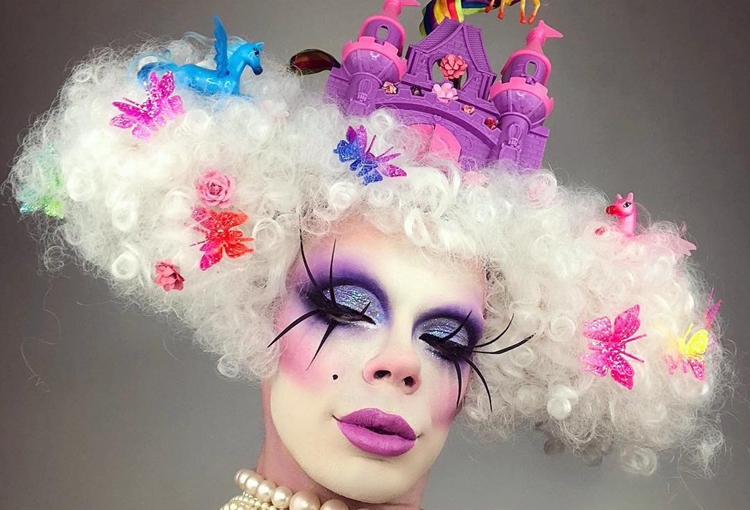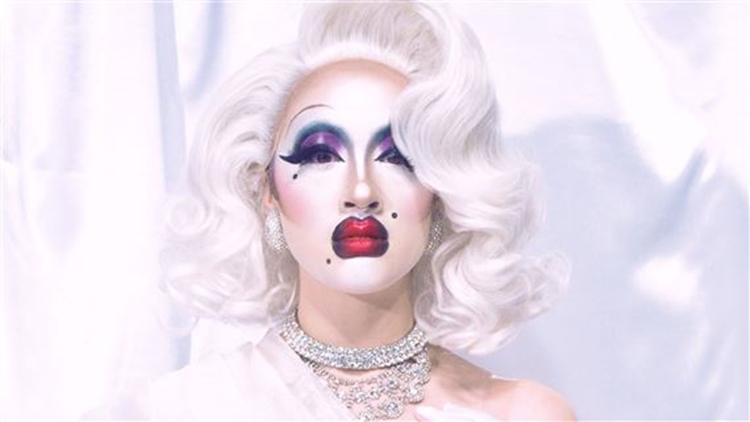The Power of Drag Art
Drag art has come a long way from its beginnings in the LGBTQ+ community. It’s now a powerful form of performance art that’s exciting and thought-provoking. Sadly, some folks see it as just flashy costumes and makeup. In this article, let’s explore drag art and how it challenges norms, promotes inclusivity, and gives a voice to those who don’t always get heard.
At first glance, drag art seems all about looks – amazing makeup, fancy outfits, and big personalities. But if you look closer, it’s about a lot more. Drag artists aren’t just good at changing their appearance; they’re experts at pushing the boundaries of who they can be.
What makes drag art so fascinating is how it turns our ideas about gender upside down. Drag queens and kings play around with what it means to be a man or a woman, showing that these labels can be pretty silly. They’re like rule-breakers, changing the game.

Drag art has also helped lots of people accept LGBTQ+ folks. These performers are proud and strong, and they make a space where everyone feels welcome. Stars like RuPaul have even made it into the big leagues, proving that being yourself is something to be celebrated.
But there’s more to drag than just looking good and having fun. Drag artists often use humor and cleverness to talk about important issues. They make fun of politicians, talk about beauty standards, and challenge discrimination. With humor, they open doors to serious conversations.
In the world of drag, everyone is welcome. Performers come from all over and are all different – different backgrounds, cultures, and ways of loving. This shows the world how coming together and accepting each other can make things better.

For more news and the latest updates, feel free to visit Newspapers.ph more often as well as our Facebook page and YouTube channel.
Disclaimer: The opinions expressed in the above article belong solely to the author and do not reflect the views of the entire media organization. Additionally, the citations included are derived from credible sources and form the foundation of the author’s perspective. The author’s intent is not to present an inaccurate portrayal of the topic or exert influence on readers but rather to articulate their viewpoint in a formal manner.
